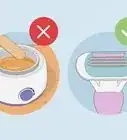This article was co-authored by Alicia Ramos and by wikiHow staff writer, Amber Crain. Alicia Ramos is a licensed aesthetician and the owner of Smoothe Denver in Denver, Colorado. She received her license at the School of Botanical & Medical Aesthetics, with training in lashes, dermaplaning, waxing, microdermabrasion, and chemical peels, and now provides skin care solutions to hundreds of clients.
This article has been viewed 26,002 times.
An epilator is an electrical hair removal device that works by pulling the unwanted hair out directly from the roots. Using an epilator can be a little daunting the first time because tweezing the hair out this way stings quite a bit! Don't worry, there are lots of easy ways to make the process as painless as possible, and your skin will develop a tolerance to the sensation after a few sessions.
Steps
Choosing an Epilator
-
1Invest in the highest quality device you can afford. Epilators come in a range of price points, so it’s possible to buy a decent device no matter what your budget is. It’s usually best to go with the best quality you can afford, since you’ll be using this tool repeatedly and you want it to remain in peak condition. Think of it as an investment![1]
- Better quality devices usually have a higher number of tweezers in the head.
-
2Use a “wet and dry” epilator for the most convenient and painless approach. There are 2 types of epilators—dry models and wet models (which can also be used dry). If you’re a beginner, look for a “wet and dry” device, since you can use it in the shower and the removed hair goes right down the drain. “Wet and dry” models are often less painful to use, as well.[2]
- “Wet and dry” models are less painful because the warm water opens your pores and relaxes your muscles.
- If you have previous experience with epilators, you may want to go with a dry model. Some people feel that they grip the hair better and remove it more cleanly. You’ll also be used to the sensation, so pain is less of a factor.
Advertisement -
3Buy a slow speed device with a small head if you have sensitive skin. The tweezers on the device’s head essentially pull your hair out at the root, so models that go slower and have smaller heads tweeze less hair at a time and use less force. If you have sensitive skin, this could be a major bonus for you. A head with 20-40 tweezers is usually considered small. Higher powered devices usually have 60 or more tweezers.[3]
- You can also look for devices with hypoallergenic ceramic disks if you have sensitive skin.
-
4Use a device that comes with a sensitive area cap for intimate areas. If you plan to epilate your face, bikini area, or underarms, look for a device that comes with caps made especially for these intimate areas. High quality devices usually come with a variety of accessories and caps to meet all of your needs.
- If you have very sensitive skin, you may want to stick to epilating your legs and arms and avoid doing the more sensitive areas.
Prepping Your Skin
-
1Shave the area 1-3 days before you plan to epilate. This may sound counter-intuitive, but it’s much easier and less painful to epilate when the hair is 1-2 millimeters long. Shave the area as you normally would, then give the hair a couple of days to grow out before epilating for the most comfortable experience.
-
2Exfoliate the area the day before epilating. Exfoliating will remove dead skin cells and give you a closer finish when you epilate. It’s also extremely important to prevent painful ingrown hairs from occurring after epilating. You can use a body scrub or exfoliating gloves to gently exfoliate the area the day before.
- Remember to exfoliate before every epilating session.
-
3Set aside at least 30 minutes to epilate and try to do it at night. Epilating takes longer than shaving, especially if you’ve never done it before, and this is definitely not a process that you want to rush through. Set aside at least a half hour to epilate both legs, or more if you’re working on multiple areas. The skin will be red and irritated after you finish, so epilating at night gives your skin plenty of time to recover before you have to go anywhere.
- Avoid epilating right before you have to leave the house. Even if you’ve epilated before, you will have some redness and a few bumps afterward.
-
4Take an over-the-counter painkiller 30-60 minutes before you begin. Epilating is going to sting a bit, especially the first time—there’s just no way around it. Taking an over-the-counter painkiller like acetaminophen or ibuprofen before you get started can counteract some of the pain and swelling you experience.
- If you’re especially worried about pain, consider investing in a topical numbing cream like lidocaine. This can be a bit expensive, but if you’re very sensitive, it may be worth the cost.
- Don’t worry—the process will get less painful over time!
-
5Get in the shower and expose the area to warm water for 10 minutes. Warm water opens your pores, softens the hairs, and relaxes your muscles, all of which can make the process less painful. It’s also important that your skin is clean and free of oils and moisturizers before epilating for the best results. Since you’re probably using a “wet to dry” model, you’ll be using it in the shower anyway!
- Consider taking a longer bath before you epilate to loosen your hair follicles and make epilating easier.
- If you’re using a dry model, be sure to dry your skin thoroughly before you get started.
Removing Hair Efficiently
-
1Hold the epilator at a 90-degree angle right next to the skin. Hold the device in your dominant hand and at a 90-degree angle, which is the most effective angle for plucking out the hair. Avoid pushing the epilator head against your skin—just let the device rest loosely against your skin so the rotary tweezers can grasp the hair and pull it out easily.
- Pushing the epilator into your skin can cause pinching and may not remove the hair thoroughly.
- Try epilating a small, less sensitive area, like the calf, first to get a feel for it.
-
2Hold your skin taut with your free hand. This lessens the pain and is key to ensuring your epilator pulls out the hair properly. Use your free hand to gently pull your skin so that it stretches, creating a surface that is as smooth and flat as possible. This is especially important to do around areas where the skin folds, like knees, thighs, and calves.
-
3Turn the epilator on and adjust it to the slowest setting. You can always adjust the speed later, after you get the hang of the process. For now, start out with the slowest speed setting your device allows. This will probably be the least painful setting for a beginner, and it will definitely be the least intimidating setting![4]
-
4Glide the epilator slowly over your skin in the direction of hair growth. Move as slowly as possible, which gives the device enough time to pluck the hairs out completely and prevents you from having to go over areas multiple times. Work in small sections and make sure each section is completely hair-free before moving on to the next section.
- Expect to feel a stinging sensation as the epilator does its job. This is normal!
- If you’re epilating your legs, you’ll be working from bottom to top to epilate against the grain of hair growth. You can also use slow, circular motions to remove hair growing in different directions.
-
5Take breaks if you need to. You don’t have to epilate the entire area all at once! It can help to take a few breaks or to alternate between areas to give your skin a break. If the process is making you feel pretty uncomfortable, you can even opt to finish the job the next night. Don’t feel that you have to complete the job in one sitting.
- Don’t worry, over time you should develop a tolerance to the sensation.
-
6Soothe the epilated skin with aloe vera gel or a good moisturizer. After you finish epilating, your skin will look red and bumpy—this is totally normal. Smooth aloe vera gel or a thick lotion over your skin to calm it down. Witch hazel-based moisturizers can be particularly effective at reducing irritation.[5]
- Try to avoid scented moisturizers and products for 24 to 48 hours after epilating, so your skin doesn’t become more irritated.
- Any redness should subside within a few hours.
-
7Clean your epilator thoroughly after using it. This is super important for hygiene and to keep your epilator in good condition. Use the cleaning brush that the device came with or simply rinse the head under warm water. For dry epilators, you may want to use rubbing alcohol to sterilize the head since you can’t use water on it.
- Be sure to dry the head completely after cleaning it. Avoid storing your device before it's completely dry.
References
About This Article
Before using an epilator to remove hair, prep the area by shaving it 1-3 days beforehand, which will make epilating easier and less painful. You should also try to exfoliate the area the day before, and plan to set aside 30 minutes to epilate in the evening. If you can, try to take an over-the-counter painkiller 30 to 60 minutes before epilating. Then, begin the hair removal process by exposing the area to warm water for 10 minutes, and then gliding your "wet to dry" epilator along your skin in the direction of your hair growth. For the best results, start on the slowest setting and keep your epilator at a 90-degree angle as you use it. Once you're finished epilating, use aloe vera gel or a good moisturizer to soothe your skin. For more tips, like how to clean your epilator, read on!
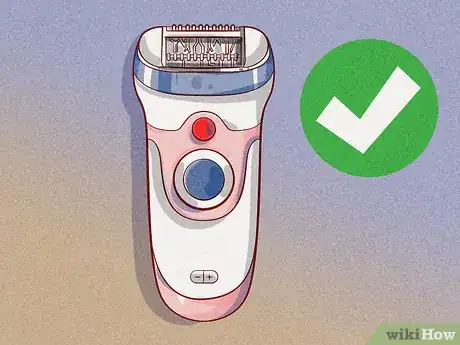
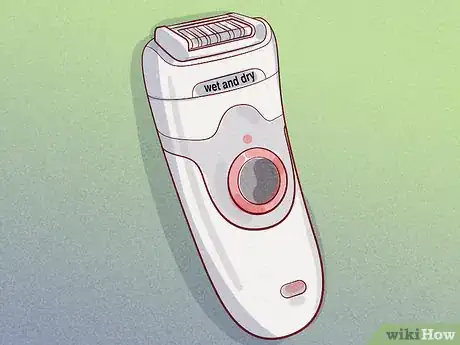


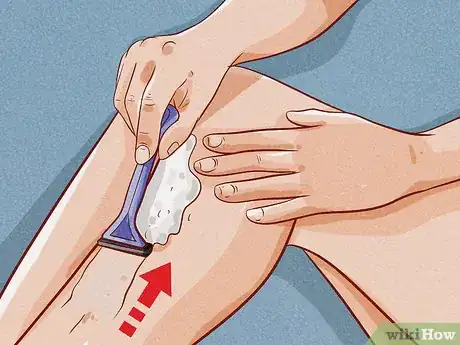
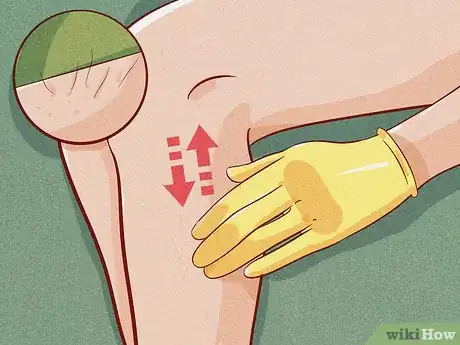
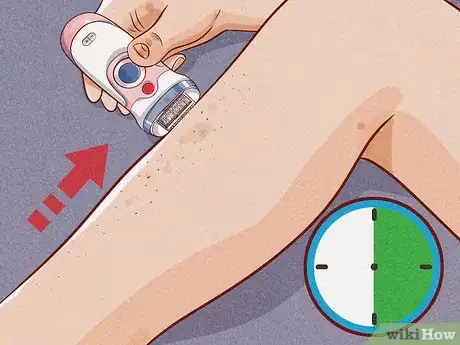
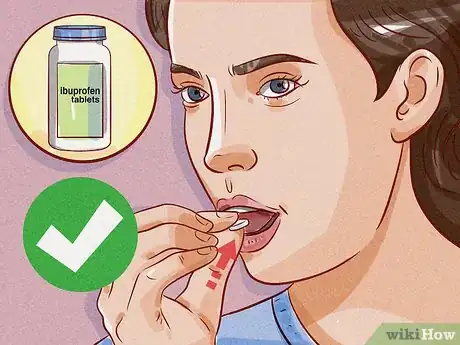

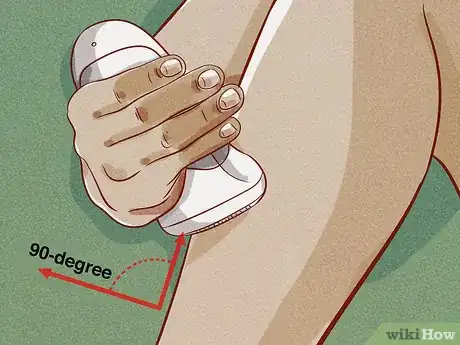
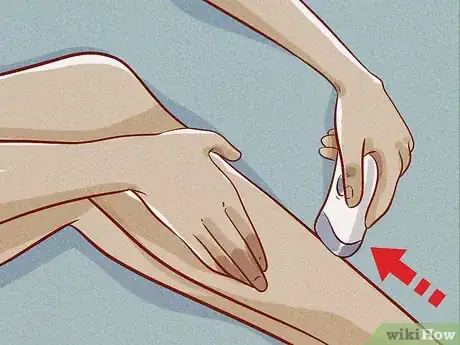
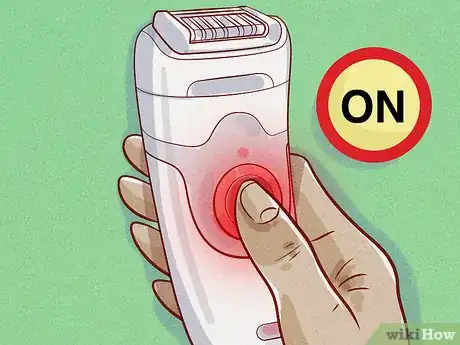
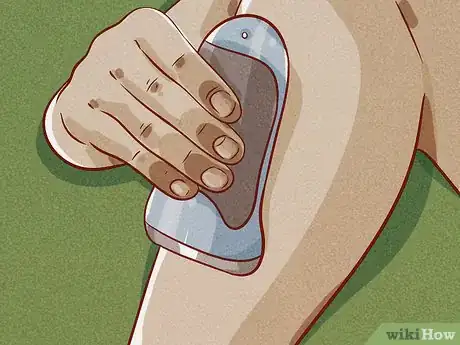


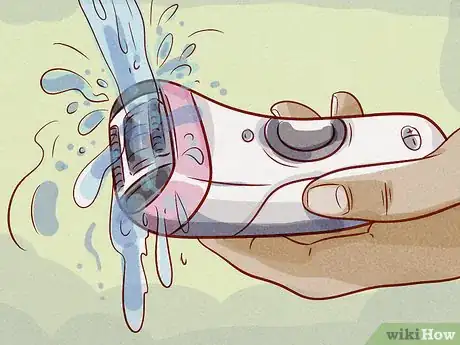





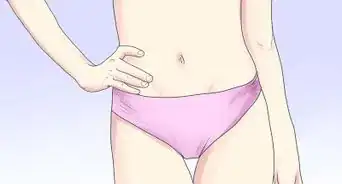
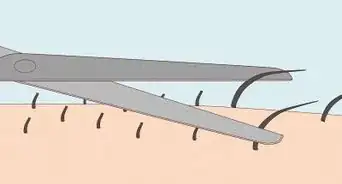



-Step-24-Version-2.webp)










